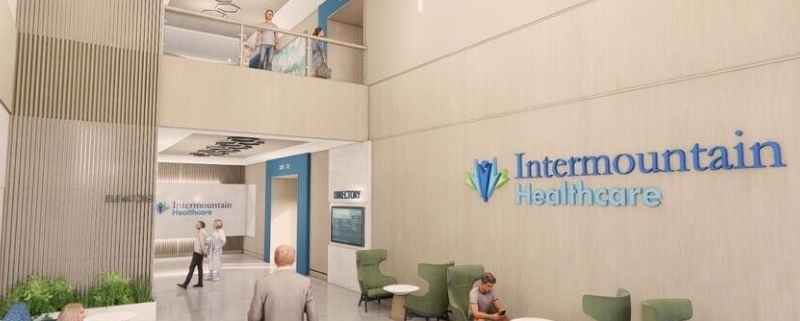Big Investor Has A New Strategy For Healthcare
A new investment company, SPHERE Investments — standing for Strategic Public Health Equities and Real Estate — is looking to reinvigorate approaches to healthcare investment.
While the company is technically new, it’s the development of Flagler Healthcare Investments, with a lot of experience, access to massive amounts of industry data analysis, and a claimed $1 billion healthcare portfolio.
Founder Didier Choukroun tells GlobeSt.com that to make healthcare work well, a much broader investment in properties that, while not considered healthcare, are a necessary infrastructure.
“I wanted to find a sector of the U.S. economy that could drive the economy with a value proposition that would go beyond the buildings,” said Choukroun. “We decided in 2023 to not only expand geographically, but we expanded the mission and repositioned the entire company. We have to get beyond healthcare.”
He saw a need to look at social drivers of healthcare, including environment, nutrition, education, housing, and transportation.
“We also wanted to make sure we continued on what has made our company successful, which is if you really want to invest in healthcare real estate, you cannot only focus on your immediate tenant,” said Choukroun. “Success comes from the outcome of the patient.”
On the direct care provision side, they focus on tenants in oncology, cardiovascular, neurology, and a combination of GI and endocrinology. Choukroun points to a Pareto-type distribution, with the four sectors served by 19% of all providers bringing in between 65% and 66% of personal care expenditure. It provides a density of demand, creating a strongly stable floor. The firm is also focused on senior living and care, including independent living, assisted living, and memory care, with some twists.
“None of the management companies are profitable,” Choukroun said. “Acquisition costs are four to five times EBIDTA. Most of the good management companies refused to sign long-term leases, forcing property owners to hold the risk. I think the business model of senior living in the US is not functioning; 98% comes from the inclusive rental of the bed. Every single operator fights on price. It’s their only strategy. Instead, they should be looking at both healthcare and non-healthcare services for the residents, including wellness, adult day care, and transportation. Management fees are 5% of revenue. There is no way the manager can focus. The way out is to focus on the outcomes.”
SPHERE identified 181 management companies with at least 20 communities under management.
“They’re trying to make money on the real estate,” said Choukroun. “Owners give the management companies a small carried interest or something like that. If you focus on outcome, you will bring technology in, you will rethink the model. One way to change the model is to be much more proactive in creating a pipeline of leads,” like being in contact with potential future residents. And then there could be other seemingly non-related services, like having daycare for kids and using elders, who may lack self-esteem in current care philosophies, to have a role. Or tutoring services for underprivileged communities near a center.”
Source: GlobeSt.





